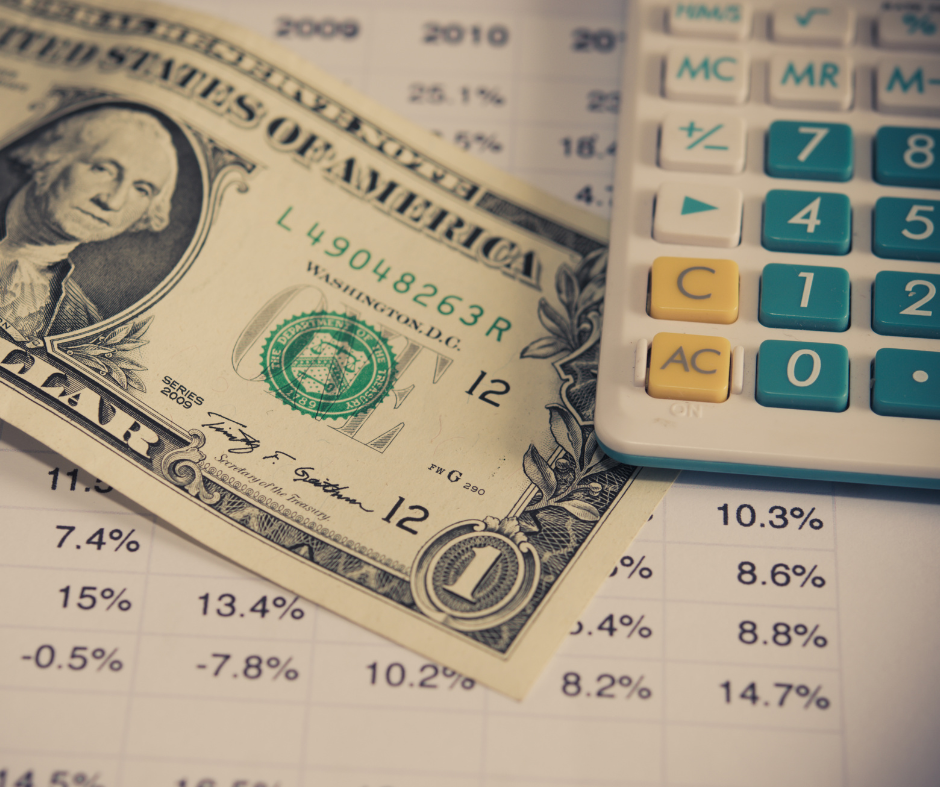Are you confused about what creditors are in accounting? Creditors play a major role in the financial records of businesses and organizations, so it’s important to understand their purpose.

In this article, we’ll discuss what creditors are in the context of accounting, how they differ from debtors, and why they are important. We’ll also look at handling creditor accounts in your financial statements. So read on to learn more about creditors and their place in accounting!
Creditor Vs Debtor
When it comes to accounting, creditors and debtors are two important concepts that you need to understand.
Simply put, a creditor lends money or extends credit to another person or entity. A debtor, on the other hand, is someone who owes money to a creditor. In other words, you are a debtor if you owe money to someone else.
To understand better, here is an in-depth description of the two:
Creditor
In accounting, a creditor is classified as a liability on the balance sheet because it represents an obligation the borrower must repay. The term “creditor” can also refer to a supplier who has provided goods or services on credit to customers.
Creditors play an essential role in the economy, helping individuals and businesses finance their operations.
Some common examples of creditors include banks, credit card companies, mortgage lenders, and suppliers. These entities provide funds or goods on credit, expecting to receive payment later.
Borrowers need to maintain good relationships with their creditors by making timely payments and communicating any issues that may arise. Failure to do so can damage one’s credit score, financial standing, and potential legal action taken by the creditor.
Debtor
A debtor is a person, business or organization that owes money to someone else. This can result from taking out loans, credit purchases, or the inability to pay bills on time.
The debtor-creditor relationship is fundamental in finance as it creates liquidity by enabling businesses and individuals to borrow money when needed. However, debtors must pay back what they owe, interest, and other fees if applicable. Failing to do so can lead to legal action against them and damage their credit score.
Moreover, debtor accounting typically involves creating records of all debts, including the amount owed, due dates, interest rates, and contact information for creditors. It also involves tracking payments made towards the outstanding balance to maintain accurate account statements.
Original Creditor Vs Debt Collector
An original creditor refers to the entity or organization that first extended credit or issued a loan to someone. This could be anything from a credit card company, bank, or another lender.
When you initially borrowed money from these entities, you created what’s known as an “account.” This account tracks all activity related to your loan or credit line.
On the other hand, a debt collector is typically hired by creditors when accounts become past due and payments are not made as agreed upon.
Debt collectors specialize in collecting debts on behalf of creditors and may work for third-party agencies that purchase delinquent accounts at a discount. These collectors use various methods like phone calls and letters to try and recover funds owed by individuals who have defaulted on their loans.
Different Kinds Of Creditors
Creditors are a crucial aspect of accounting and finance. They provide loans, credit lines, or other financial assistance to needy individuals or businesses. However, not all creditors are created equal, and understanding their different kinds is essential when dealing with debt.
One type of creditor has secured creditors. These are lenders who have collateral or security for the money they lend. If the borrower defaults on the loan, secured creditors can sell the collateral to recover their money. Examples of secured creditors include mortgage lenders and car loan companies.
Another kind of creditor is an unsecured creditor. Unsecured loans do not require any form of collateral from borrowers. Creditors rely on credit history and income verification before approving these types of loans. Credit card companies and personal loan providers fall under this category.
Thirdly, priority creditors have special rights in bankruptcy cases that allow them to receive payment before other unsecured creditors. These include unpaid taxes owed by the debtor.
Balance Sheet Accounts Involving The Creditor
A balance sheet is a financial statement that provides information about a company’s assets, liabilities, and equity at a specific time.
One important aspect of the balance sheet is the creditor accounts. These accounts represent money a company owes creditors for goods or services received on credit.

Creditor accounts are typically listed under current liabilities on the balance sheet. This means they are debts that must be paid within one year or less. Examples of creditor accounts include accounts payable, notes payable, and accrued expenses.
Accounting for creditor accounts involves keeping track of when payments are due and ensuring that funds are available to pay these debts when they come due. Failure to properly manage creditor accounts can result in late fees, damage to credit scores, and strained relationships with suppliers or vendors.
Conclusion
In conclusion, creditors in accounting is a complex but important subject to understand. Properly tracking and managing creditors can help businesses ensure their financial success and maintain positive relationships with their suppliers. A clear understanding of proper creditor accounting techniques is essential for any business that wants to control its finances. Business owners should always consult a qualified professional when dealing with issues related to creditors and accounting.
FAQS
What is the difference between a liability and a creditor?
Liabilities are obligations that a company has to meet. This includes things like taxes, and other financial obligations. A creditor is someone who provides capital, like a bank or venture capital firm.
How do you calculate the total debt accumulated by a company?
The total debt of a company is calculated as the sum of all its liabilities and equity. The liabilities are classified as long-term, short-term and current, while the equity is classified as stockholders’ equity and retained earnings.
The formula for calculating the total debt is:
Total Debt = Current Liabilities + Long-term Debt + Short-term Debt
How can creditors work with other creditors to manage risk and debt?
Creditors are not the only ones who need to manage risk and debt. Bankers, investors, and regulators all play a role in managing risk and debt. The three types of institutions work together to create a more stable financial system.
In order to manage risk and debt effectively, creditors need to work with other creditors. They must share information about borrowers, such as their credit history, financial stability, and other relevant information that may help them determine the borrower’s likelihood of defaulting on their loans.






